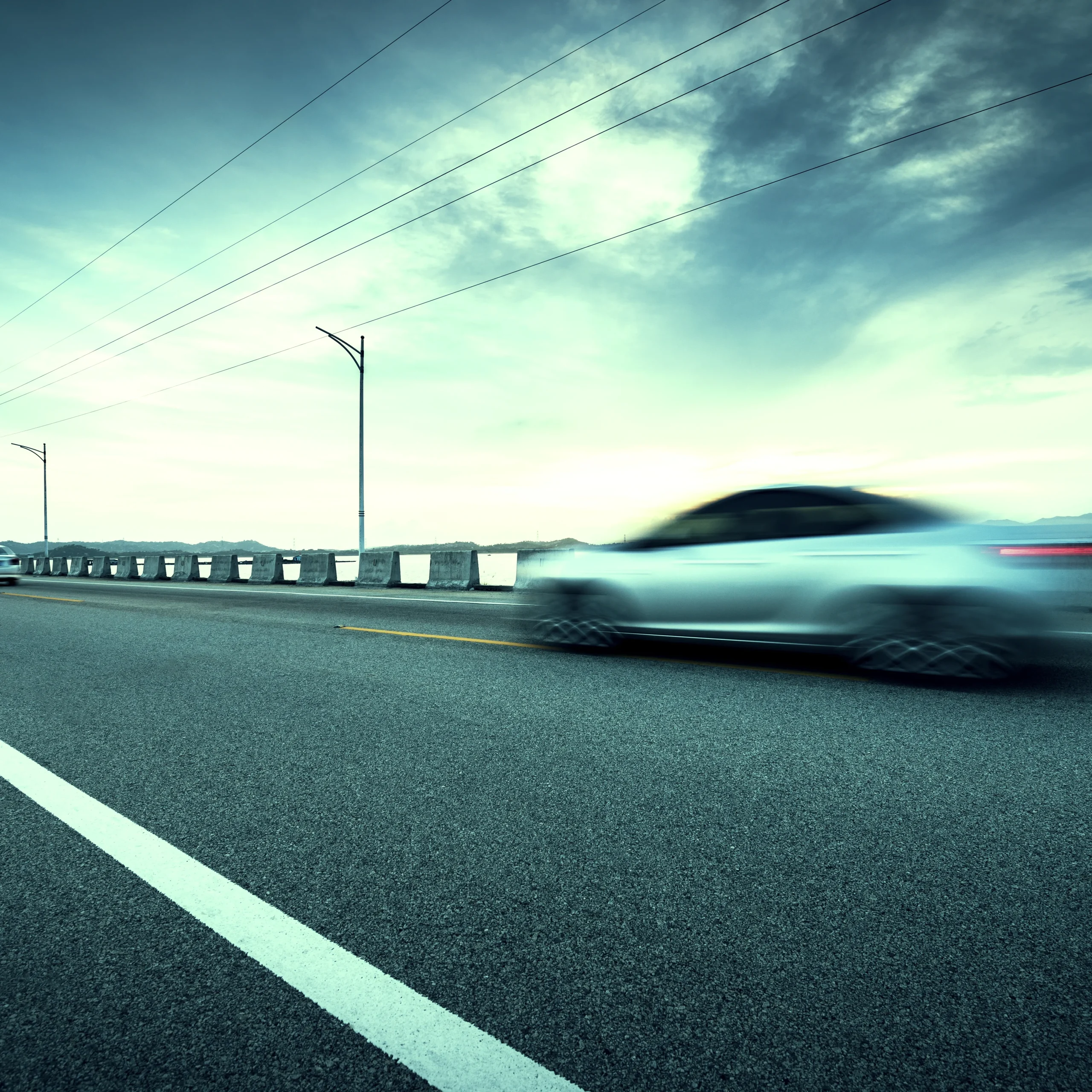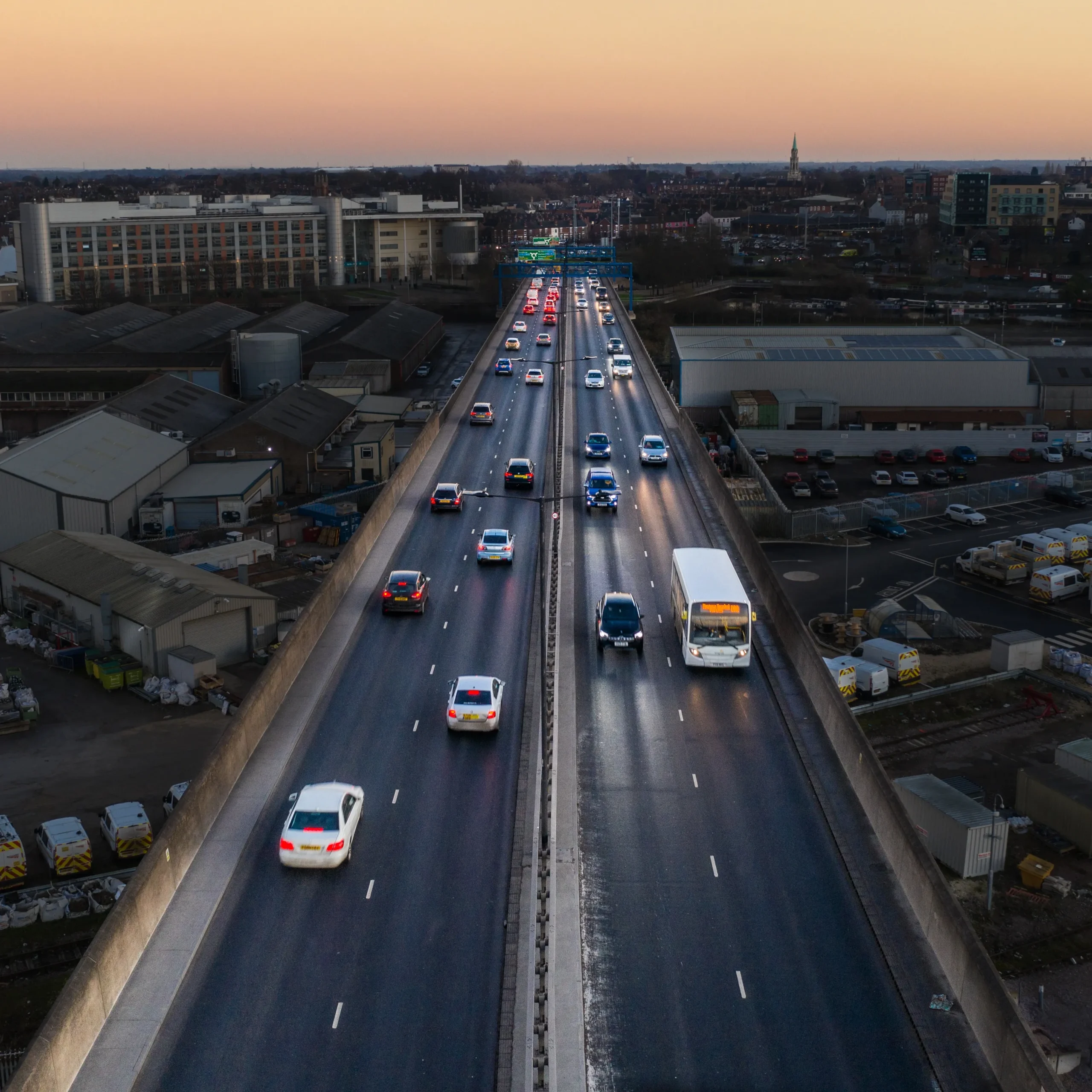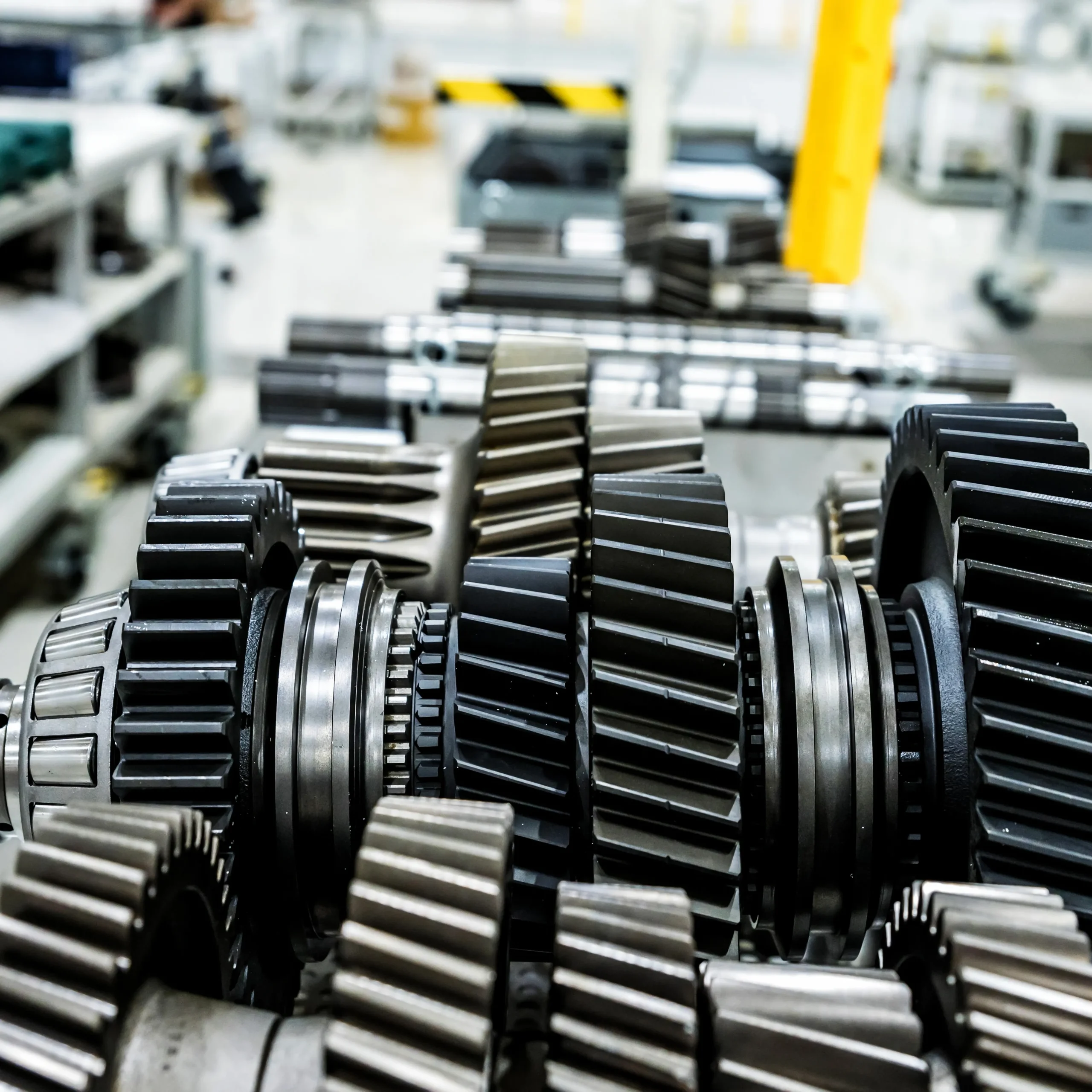Urban mobility is experiencing a technological evolution. Municipalities worldwide are migrating from isolated inductive loops and legacy CCTV toward smart city traffic cameras that combine multi-megapixel imaging, edge computing, and AI-ready data pipelines. KAYA Vision, a leader in industrial and computational imaging, delivers the high-performance hardware building blocks that enable cities to transform raw video into actionable intersection monitoring analytics and proactive pedestrian safety vision systems.
Why Resolution and Speed Matter on the Curb
When people think of road-side cameras, frame rate is typically an afterthought. Yet dense traffic scenes are full of occlusions, rapid accelerations, and micro-events—such as a pedestrian stepping off the curb—that unfold within milliseconds. To capture these events without motion blur, a traffic camera platform must pair high pixel counts with short exposure times and, where available, global shutters. KAYA Vision’s Iron and Zinc families offer the necessary tools for each use case:
- Iron 4600 delivers 45 MP resolution at up to 100 fps over CoaXPress 2.1. Although it employs a fast rolling shutter, its 2.5 μs minimum exposure and external strobe support make it well suited for single-camera crosswalk coverage where every pixel must resolve license plates and pedestrian gestures simultaneously.
- Zinc 661 PCIe brings 127 MP clarity directly into an x16 Gen 3 PCIe slot, eliminating external frame grabbers and enabling multi-sensor rigs where all video flows straight into a GPU for real-time analytics. Its Sony IMX661 sensor provides a global shutter for artifact-free capture.
- Iron 2011E reaches 513 fps at HD resolution with a global shutter. Strategically placed at signal heads or red-light cameras, it records rapid sequences for trajectory prediction and near-miss analysis.
By selecting the correct sensor—and, by extension, the correct KAYA camera—systems integrators ensure that computer-vision algorithms receive the crisp, low-noise imagery they need to track every road user.
Building a Multi-Sensor Intersection Node
Modern intersections demand multi-modal perception. A single node may incorporate visible-light traffic cameras, short-wave infrared sensors for night visibility, radar for velocity estimation, and lidar for 3D mapping. The challenge lies in keeping these modalities synchronized and time-stamped so that analytic engines can fuse them accurately.
KAYA cameras simplify this architecture through:
- Hardware trigger inputs and opto-isolated outputs on every Iron and Zinc model, enabling microsecond-level synchronization across heterogeneous sensors.
- Standardized GenCam control, allowing a single software stack to configure exposure, gain, and region of interest across an entire deployment—even when models differ in resolution, shutter type, or interface.
- Support for Power over CoaXPress (PoCXP) on Iron cameras, reducing cabinet clutter and simplifying remote installation on light poles.
A typical smart-city integrator might deploy four Iron 4600 units at cardinal points, a Zinc 661 PCIe on a panoramic mast, and an Iron 2011E focused on the stop bar. All feeds enter a fanless edge server equipped with Nvidia GPUs over PCIe and CoaXPress. The global-shutter Zinc 661 PCIe and Iron 2011E, together with the Iron 4600’s tightly synchronized rolling shutter, allow a single strobe signal to freeze motion across every sensor simultaneously, creating a perfectly aligned data set for multi-head neural networks.
From Pixels to Pedestrian Safety Vision Systems
Collecting high-quality frames is only half of the story. The ultimate goal is to reduce accidents, improve crosswalk compliance, and optimize signal timing. High-resolution, high-speed video improves three critical analytic stages:
- Detection: Convolutional neural networks benefit from fine spatial details when differentiating between a stroller, a skateboard, and a guide dog. The 3.45 μm pixels in Zinc 661 PCIe deliver sharp edges, while the 4.4 μm pixels in Iron 4600 offer superior photon collection for low-light scenes.
- Tracking: Small displacements between frames can cause ID switching in multi-object tracking algorithms. At 100 fps, Iron 4600 provides tighter temporal sampling, lowering the correlation distance and boosting identity persistence through occlusions.
- Behavior Prediction: Near-real-time analytics rely on accurate velocity vectors. Iron 2011E’s 513 fps can feed micro-motion models that predict whether a jaywalking pedestrian will clear the lane before an approaching vehicle, triggering adaptive signal adjustments.
Unlike conventional CCTV feeds that require heavy server-side de-interlacing and motion estimation, KAYA’s cameras output distortion-free, progressive frames that drop directly into TensorRT, ONNX Runtime, or OpenVINO acceleration pipelines. Integrators spend less time cleaning data and more time refining algorithms that save lives.
Edge Processing: PCIe Inside the Camera
Bandwidth bottlenecks can cripple smart-city rollouts, particularly when dozens of intersections backhaul 4K streams to a cloud data center. Zinc 661 PCIe addresses this by terminating the entire transport layer inside the camera. Video is DMA-streamed across eight Samtec connectors into the host memory of an edge server, where CUDA kernels perform compression, object detection, and metadata extraction in milliseconds. Because there is no external frame grabber, the system saves cost, reduces points of failure, and slashes latency—a critical parameter for adaptive signal control.
For installations that prefer the long-cable reach of coax, Iron cameras push up to 50 Gbps over four micro-BNCs, carrying both power and data to roadside cabinets located up to 100 meters away. This flexibility lets planners mix and match network topologies according to existing conduit availability and right-of-way constraints.
Environmental Durability in Harsh Urban Conditions
From Scandinavian winters to Gulf-coast summers, outdoor infrastructure endures extreme conditions. All Iron and Zinc models are validated to MIL-STD-810G shock and vibration profiles and offer optional IP67 ingress protection with lens tubes. Operating-temperature envelopes extend from −40 °C to +70 °C on industrial Zinc 661 PCIe models and reach +80 °C on industrial Iron variants, ensuring uninterrupted analytics during heat waves or snowstorms.
Equally important for city planners is longevity. Mean time between failures exceeds 1.6 million hours on Zinc 661 PCIe and over 2.1 million hours on Iron models. This translates into lower maintenance costs and fewer service truck rolls—key metrics in municipal ROI calculations.
Integrating KAYA Cameras into Existing ITS Platforms
Intelligent Transportation Systems (ITS) often include legacy NTCIP controllers, SCADA monitoring, and cloud dashboards. KAYA facilitates frictionless integration through:
- SDK Compatibility: C, C++, Python, and C# APIs expose low-level register access while abstracting transport protocols, shortening development cycles for startups and established OEMs alike.
- GStreamer Plugins: Sample code demonstrates real-time H.265 encoding on GPU and RTP streaming to VMS platforms without intermediate buffers, keeping end-to-end latency under 150 ms.
- Open-Source Reference Designs: KAYA provides intersection-monitoring pipelines that ingest Iron and Zinc feeds, perform semantic segmentation, and publish SPaT (Signal Phase and Timing) recommendations via MQTT to adaptive signal controllers.
Scalability and Future-Proofing
As cities transition to 5G and vehicle-to-everything (V2X) frameworks, imaging demands will only increase. KAYA Vision’s roadmap aligns with these trends by embracing:
- Higher-rate CoaXPress v3.0 for 25 Gbps-per-lane bandwidth, paving the way for true 8K smart-city traffic cameras.
- Embedded ARM SoC options inside future Iron models, enabling on-camera neural inference and eliminating edge servers at low-traffic intersections.
- Time-Sensitive Networking (TSN) for deterministic Ethernet transport, ensuring synchronization across multi-vendor sensor suites deployed citywide.
With open APIs and field-upgradable firmware, current deployments of Iron 4600, Iron 2011E, and Zinc 661 PCIe will integrate seamlessly with upcoming software stacks, protecting municipal investments for the next decade of urban mobility innovation.




